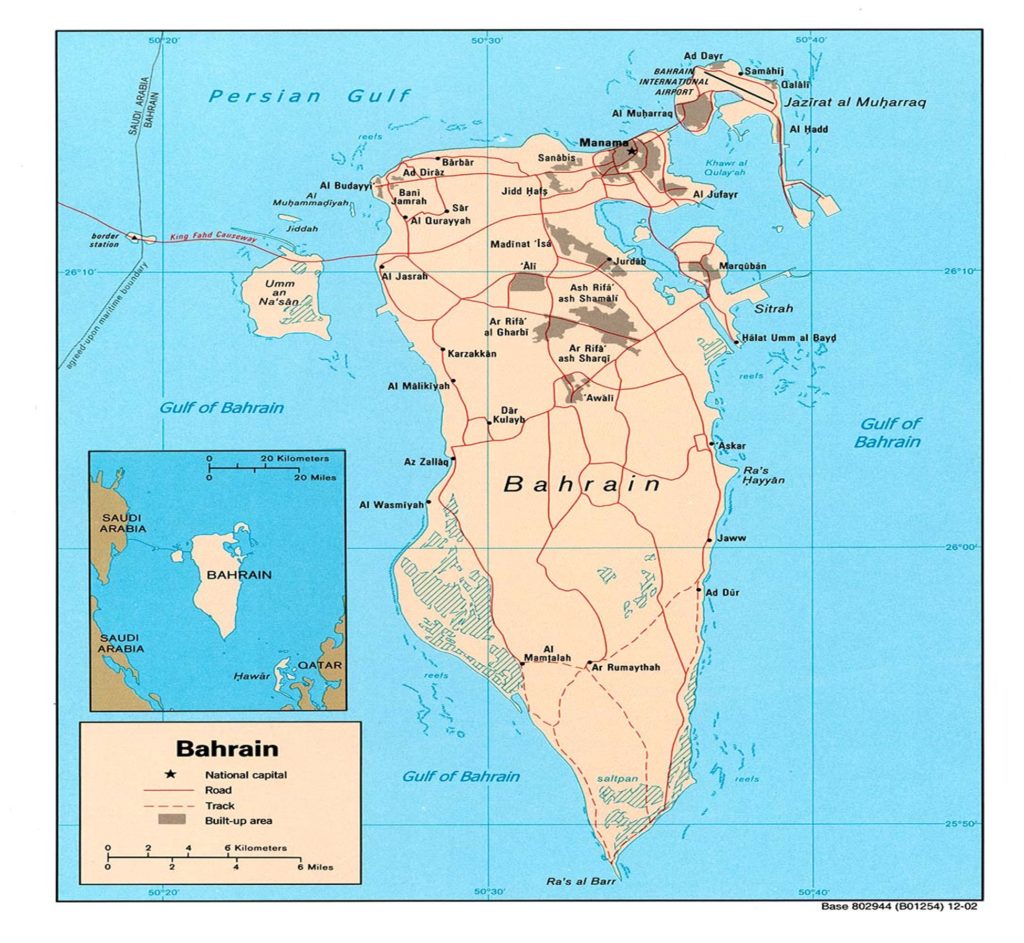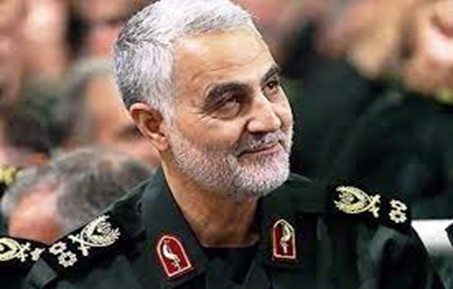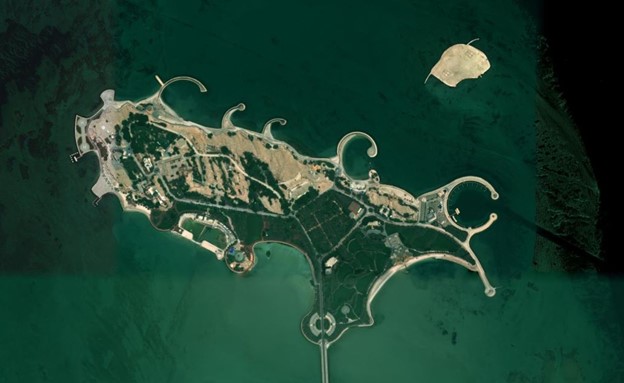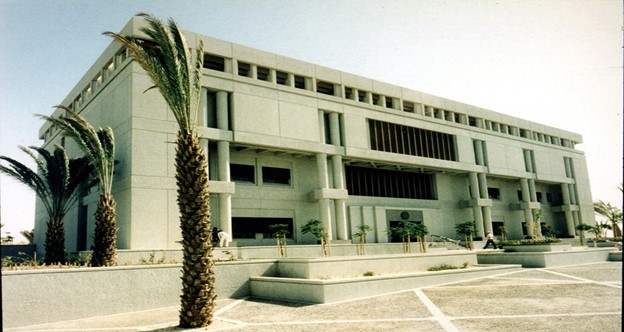

Author: Kent Moors, Ph.D.
Today’s Classified Intelligence Brief entry in the Spy Tale series occurred rather recently. The story recounted below also recalls events currently unfolding and is an example of how my later global recognition in oil and energy combined with an ongoing intel career (albeit by the time it occurred, a career more as an advisor than a field operative).
It is likewise a sterling lesson of why apparent field experience does not always work out when the environment in which it is applied is not your expertise.
But back to the contemporary reason why this tale is appropriate.
Monday (November 22), the government of Bahrain announced that it had foiled an attempted terrorist attack that intended to use ordinance supplied by Iran. Hardly the first time Tehran has attempted to put pressure on the country.
Bahrain is a small nation jutting out into the Persian Gulf connected to the mainland of Saudi Arabia by the King Fahd Causeway. Given its domestic religious division (a minority Sunni royal family, the Al Khalifa, and a majority Shiite population), this was the only Persian Gulf state to experience significant problems during the so called “Arab Spring” of 2011. Bahrain is now a focus of expanding unrest as we move into what is likely to be a more violent “Arab Spring II.”
Bahrain may be small – population of about 1.6 million, a little more than 200,000 in the capital of Manama, with a territory of less than 305 square miles spread over 50 archipelago islands, most uninhabited, and no potable water. But its strategic position is a focus for considerable concern.


In addition to everything else, this just happens to be the shared base of the US Fifth Fleet and the US Naval Force Central Command. The joint command is just east of Manama, the capital. The UK also opened a base in Bahrain three years ago. For that matter, Bahrain became independent in 1971 when it departed from what was left of the British Empire.
The causeway connects to the main Saudi oil production province. That province is also the only one in Saudi Arabia that has a majority Shiite population. The 1979 Iranian Revolution led by Ayatollah Khomeini across the water likewise prompted the Shiites in the Eastern Province to rise up. Riyadh responded immediately by putting down a domestic uprising with force of arms.
Later in 2012, when the Arab Spring came to Bahrain and Iran attempted to foment a move within the population to throw out the ruling Bahraini royal family, the Saudis immediately moved both military and police forces across the causeway to maintain order in Manama.
Bahrain is the backdoor in any Iranian physical attempt to undermine oil production in its main regional enemy. Tehran’s Shiite connection with the adjoining part of Saudi Arabia where most of the oil is pumped hardly helps either. This remains a tinderbox in search of a match.
A $40 Trillion Mega-Wave is shifting the global economy…
Changing everything from the clothes we wear to the cars we drive. It’s recently produced a 500% windfall in only 30 days.
Get the full, inside story by clicking the link right here.
I have been to Bahrain on several occasions over the past 15 years. The trips have included overt assignments advising on oil pricing matters and to address regional and larger professional groups.
Of course, on each occasion there was always the prospect of grafting some other responsibilities on to the public reason for the trip.
As was the case this time.
It was early 2016 and five years of MENA (Middle East North Africa) unrest had ushered in a new reality throughout the region. While Iraq had its own ISIS problems and the adjoining civil war in Syria was tearing that country apart, there was the continuing hope that a more moderate Hassan Rouhani as president of Iran would provide a respite in Persian Gulf problems.
That combined with the JCPOA agreement a year earlier had provided some cause of optimism in reducing Iranian-induced unrest in places like Bahrain. The Joint Comprehensive Plan of Action called for a stage removal of Western sanctions against Tehran in return for a verified cessation of Iranian steps to nuclear weapons.
That came crashing down with the Trump Administration’s unilateral decision to pull the US out of JCPOA. That led to increased Iranian intransigence and the eventual election of hardliner Ebrahim Raisi as president this June. The election was controversial and reflected a concerted move by the country’s leadership toward greater confrontation.
However, when today’s tale took place, views of a more manageable approach to Iran had emerged.
Despite the ongoing military problems in Iraq and continuing internal market problems in Iran, the rest of the region seemed more manageable. But it remained so only on the surface.
Bahrain, Kuwait, the United Arab Emirates (UAE), Saudi Arabia, and Qatar – the other littoral states about the Gulf – had largely escaped the more protracted ramifications of the Arab Spring by using oil-sourced (or in the case of Qatar, natural gas) money to placate their own populations. For want of a more nuanced explanation, those populations were bought off.
That would not work the next time. Already the huge budget deficits resulting from massive welfare programs for increasingly dependent, unemployed, and frustrated residents required an oil price well beyond any reasonable market expectations. That those populations had no access to influencing government and were moving progressively younger hardly helped either.
Click this link here to find out how
In February of 2016, the situation began unraveling. While back in the US a Trump candidacy against a former US Secretary of State was gaining steam, disquieting signals were emerging in the Persian Gulf.
Intel had been obtained (and verified) that a move by more radical elements in the Iranian Revolutionary Guard Corps was gaining traction. The IRGC idea was to stage a fake assassination attempt against the highest profile Iranian general and blame it on the Saudis, thereby by implication on the Americans.
The orchestrated attempt was an intentionally provocative action designed to create a popular insurrection among the dominant Shiites in Bahrain with a knock-on effect to the vulnerable Shiite-majority Eastern Province in Saudi Arabia and among the Shia community in Basra, southern Iraq.
It was a twist of fate that the target of the pretend assassination was General Qasem Soleimani, the revered commander of the IRGC Quds Force. Quds is responsible for clandestine operations outside Iran. Soleimani was widely acknowledged to have forged the military counter attacks against ISIS in neighboring Iraq, facilitated the Russian move into Syria, and was held in awe by the heavily Shiite Basra region (also the main Iraqi oil producing sector).
In the 2016 version, Soleimani was to have escaped and further become a lightning rod for a developing regional insurrection.
Odd how history circles back. The fateful final twist occurred on January 3, 2020 when a US drone strike personally authorized by Trump did kill Soleimani near the Baghdad airport. Iraqi Shiite forces were raining missiles down upon American military bases inside Iraq within 48 hours while the government in Baghdad began demanding a US withdrawal from the country.


The earlier 2016 IRGC plan prompted a “surge” on our end. A surge in intelligence (rather than military) terms involves concentrating on a rapidly intensifying situation. Personnel are brought in from a number of different regional and subject specializations to focus on a defined unfolding event.
That is how a guy known for oil matters and a former counterintelligence regular against Russians primarily operating in Europe was called into a rapidly developing situation. I had been to the region before but never in such a direct operational capacity. This time around, analysis of offshore oil drilling from manmade islands was the overt reason for my being there. That cover story extended to a follow up series of meetings in Dubai.
The center of our activity was based on Jiddah Island, a small archipelago located above the causeway (and the much larger mostly uninhabited island of Um Al Naas’an sitting south of the highway) and just west of Bahrain proper. Jiddah is connected to the main thoroughfare by a narrow two-lane causeway of its own.


Our base was within the collection of small buildings shown on the west of the island. The prime minister’s compound is located on the northeastern tip. The feeder causeway to King Fahd is pictured on the bottom with a security “funnel” sitting directly north. A manmade island under development for oil production can be viewed off the island’s coast in the far northeastern corner of this picture.
The IRGC subterfuge was to occur while Soleimani was visiting an airbase outside Riffa on the main Bahraini island. The US Fifth Fleet base along with Manama itself would be under heavy Iranian surveillance. That meant we needed to have a location close but having easy Saudi support access. Jiddah is less than 11 miles from downtown Manama.
In actuality Jiddah comprises three small dots in the Gulf. The “main” Jiddah had a sordid past. Until well into the twentieth century, it was the location for one of Bahrain’s more infamous prisons (Majeed Marhoon). Later it was taken over by the royal family and closed to any other residents. Later still, it was taken over by Prime Minister Khalifa bin Salman Al Khalifa for his personal use.
We acquired an unused outer facility in the compound which provided the additional advantage of Khalifa’s private security forces cutting the area off to the few island roads and paroling the feeder causeway terminus, the sole way for vehicles to enter the island.
Shortly before my arrival, our operation had swung into action. Unfortunately, that is also when matters began to collapse. As is often the case when officers and specialists (no matter how good they may be in their own areas of activity) are thrown into unfamiliar terrain, mistakes start showing up.
Then there was the command problem.
The operation was officially under the command of the Agency’s station in Manama, located on the top secure floor of the US Embassy. Unfortunately, and despite the US Fifth Fleet command located there, the station was significantly undermanned. The Office of Naval Intelligence (ONI) had a larger presence, but the rift between military intelligence agencies and the CIA has always been pronounced. There was little effective cross channel activity here. ONI had been the cover during my initial intel stint for the State Department in Vietnam (see “A Giving of Accounts…from Massachusetts to Vietnam,” February 17, 2021).


In addition, the CIA Chief of Station in Manama had recently cycled out and his replacement had not yet arrived. There were no more than three dozen agency staff at the station when I came in from the airport, said my hellos, and immediately departed by car to Jiddah. By the time I arrived at our forward island base later that afternoon, the number there had risen to over 90.
The operational “line of battle” was a disaster from the outset. The Embassy station had control but most of the active folks on Jiddah went about business without consulting with an essentially rudderless station in Manama.
Without going into assignment details or my function in them (both of which remaining classified), the essence of the operation was to have a public disclosure of the fake assassination plan with a change in appearance (the revelation rolled out by Bahraini military leaders, of course).
Usually, the main damage to a false move is to disclose it at its weakest point. That is almost always just before it is to take place. Our version of events, therefore, was to see that the whistle was blown just prior to Soleimani’s arrival at Riffa and hold others in the IRGC command responsible for a real move against the general.
But the multiple burst points (i.e., the places at which a number of operational activities emerge at the same time) under multiple “authorities” guaranteed that the op unraveled quickly.
Basic principles of spy craft were avoided or ignored in the hasty attempt to interdict the IRGC plan. At times, I had conflicting instructions on which “chief” should receive my reports.
Intel on our operation began to surface rapidly in several quarters in and around Manama and the combined leaks soon reached IRGC heads. That led them to abort their fake assassination attempt without the public ever being made aware.
It was a textbook example of how to scuttle an op from within, although it did prevent the PR disaster which would have resulted had the IRGC intention succeeded. At least for a few years. The US killing of Soleimani in early 2020 accomplished that purpose for them. And as we feared in 2016, the connection of the US with such an assassination has set our larger objectives in the region back for years.
I hung around for a few days “assessing” offshore drilling locations and then moved on to the pretend meetings in Dubai. I talked to nobody there, but at least obtained a brief UAE vacation stay courtesy of an agency failure in the Persian Gulf.


Dr. Kent Moors
This is an installment of Classified Intelligence Brief, your guide to what’s really happening behind the headlines… and how to profit from it. Dr. Kent Moors served the United States for 30 years as one of the most highly decorated intelligence operatives alive today (including THREE Presidential commendations).
After moving through the inner circles of royalty, oligarchs, billionaires, and the uber-rich, he discovered some of the most important secrets regarding finance, geo-politics, and business. As a result, he built one of the most impressive rolodexes in the world. His insights and network of contacts took him from a Vietnam veteran to becoming one of the globe’s most sought after consultants, with clients including six of the largest energy companies and the United States government.
Now, Dr. Moors is sharing his proprietary research every week…knowledge filtered through his decades as an internationally recognized professor and scholar, intelligence operative, business consultant, investor, and geo-political “troubleshooter.” This publication is designed to give you an insider’s view of what is really happening on the geo-political stage.
You can sign up for FREE to Classified Intelligence Brief and begin receiving insights from Dr. Moors and his team immediately.
Just click here – https://classifiedintelligencebrief.com/








